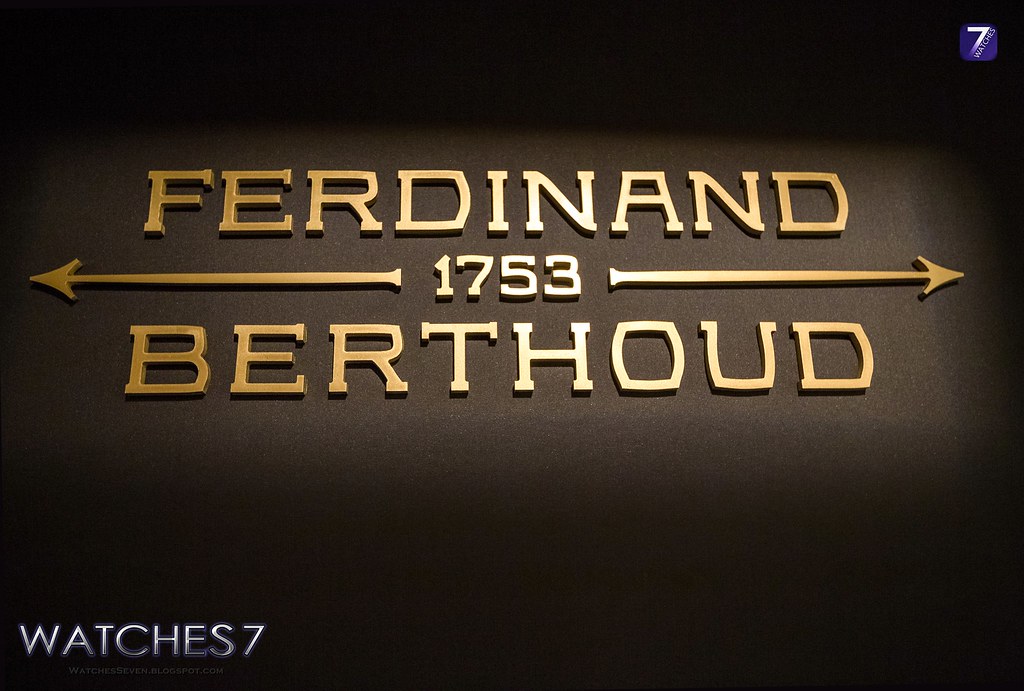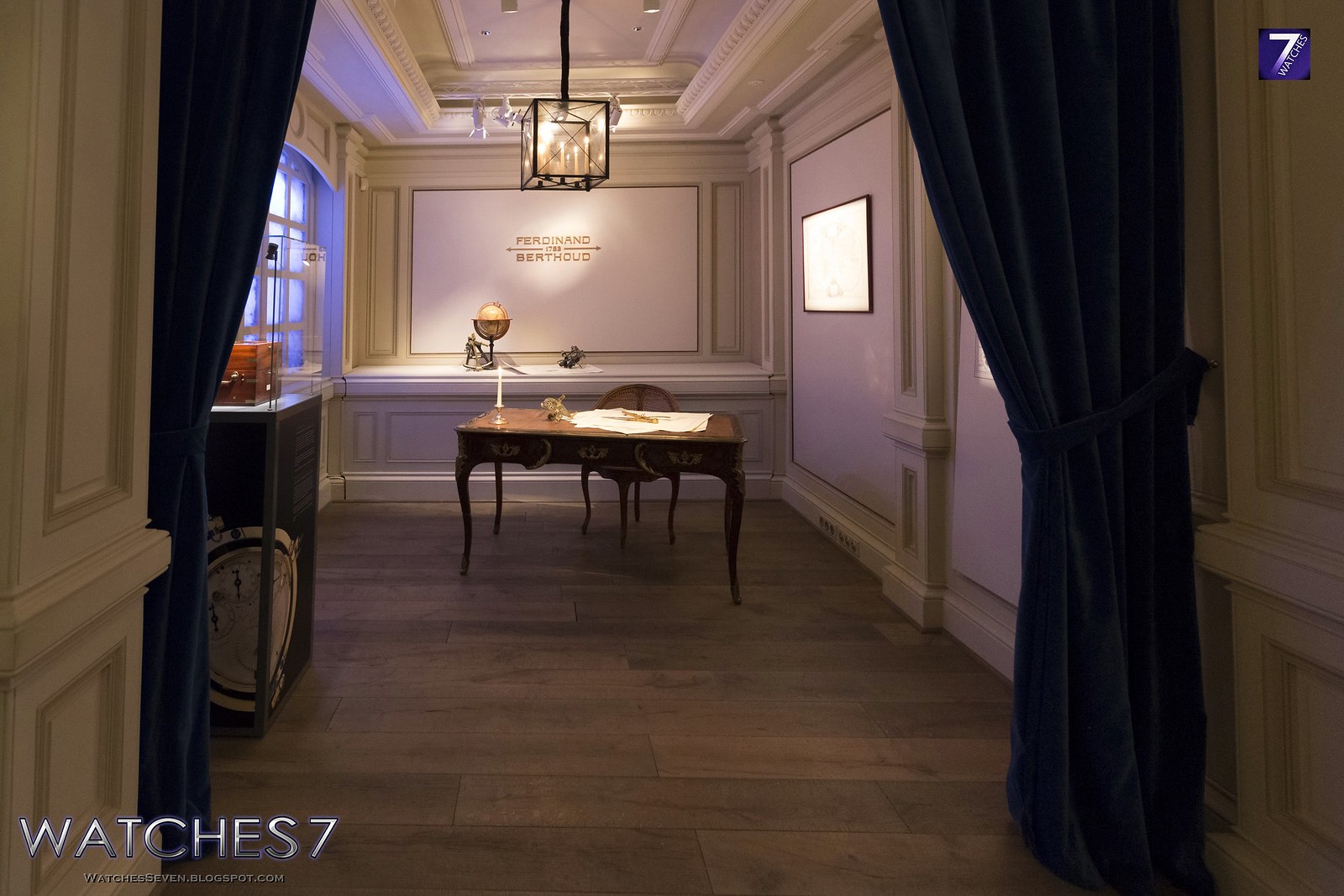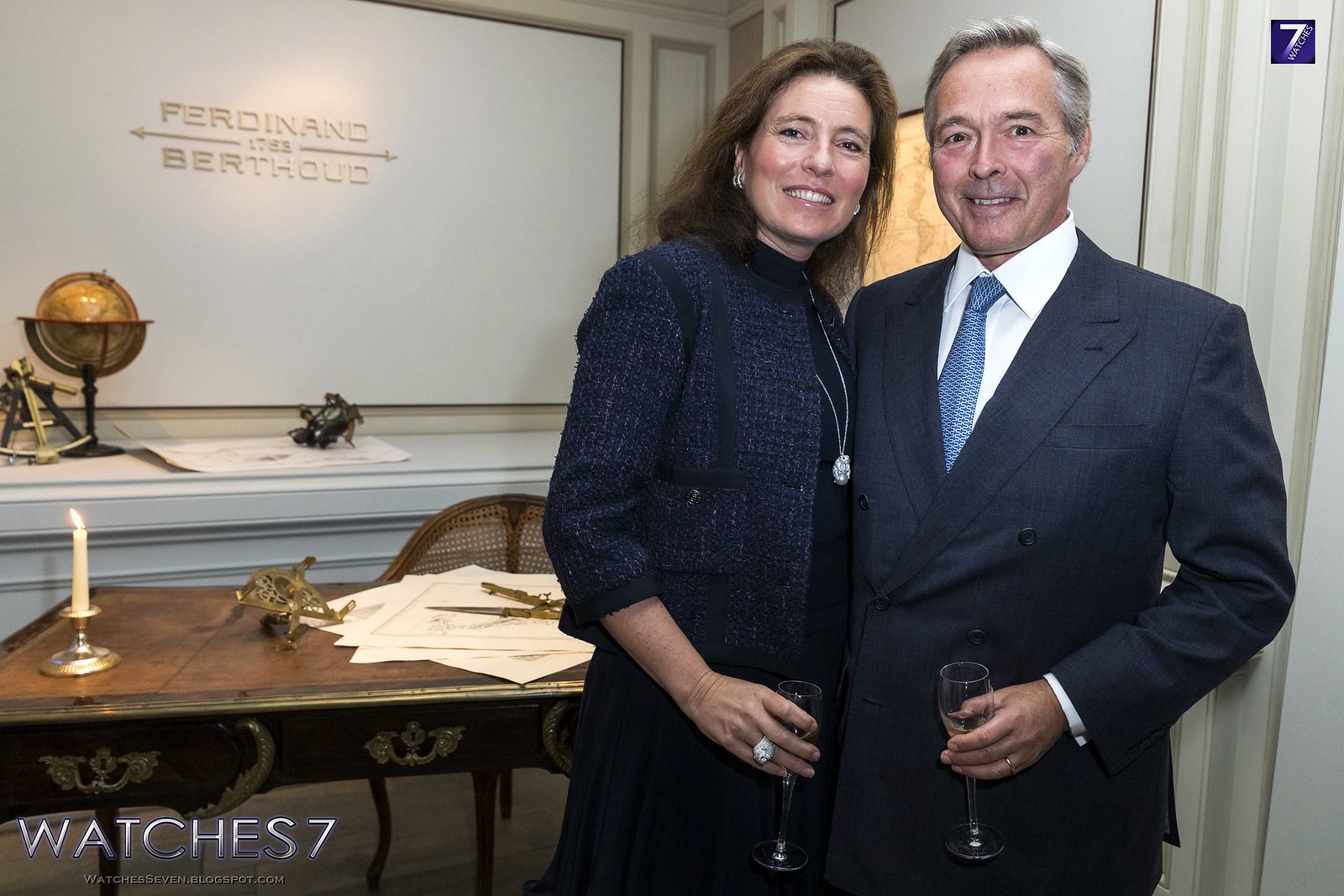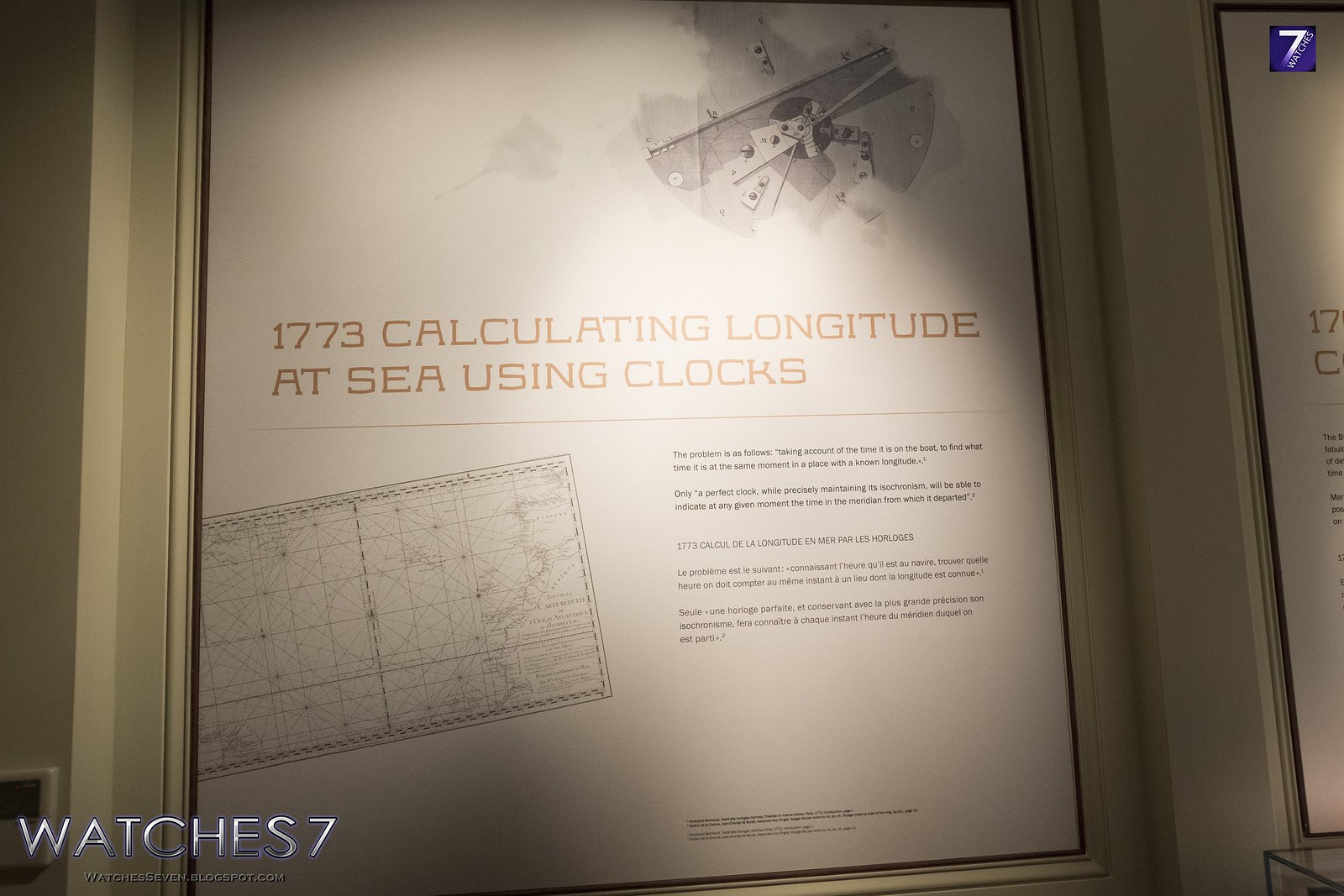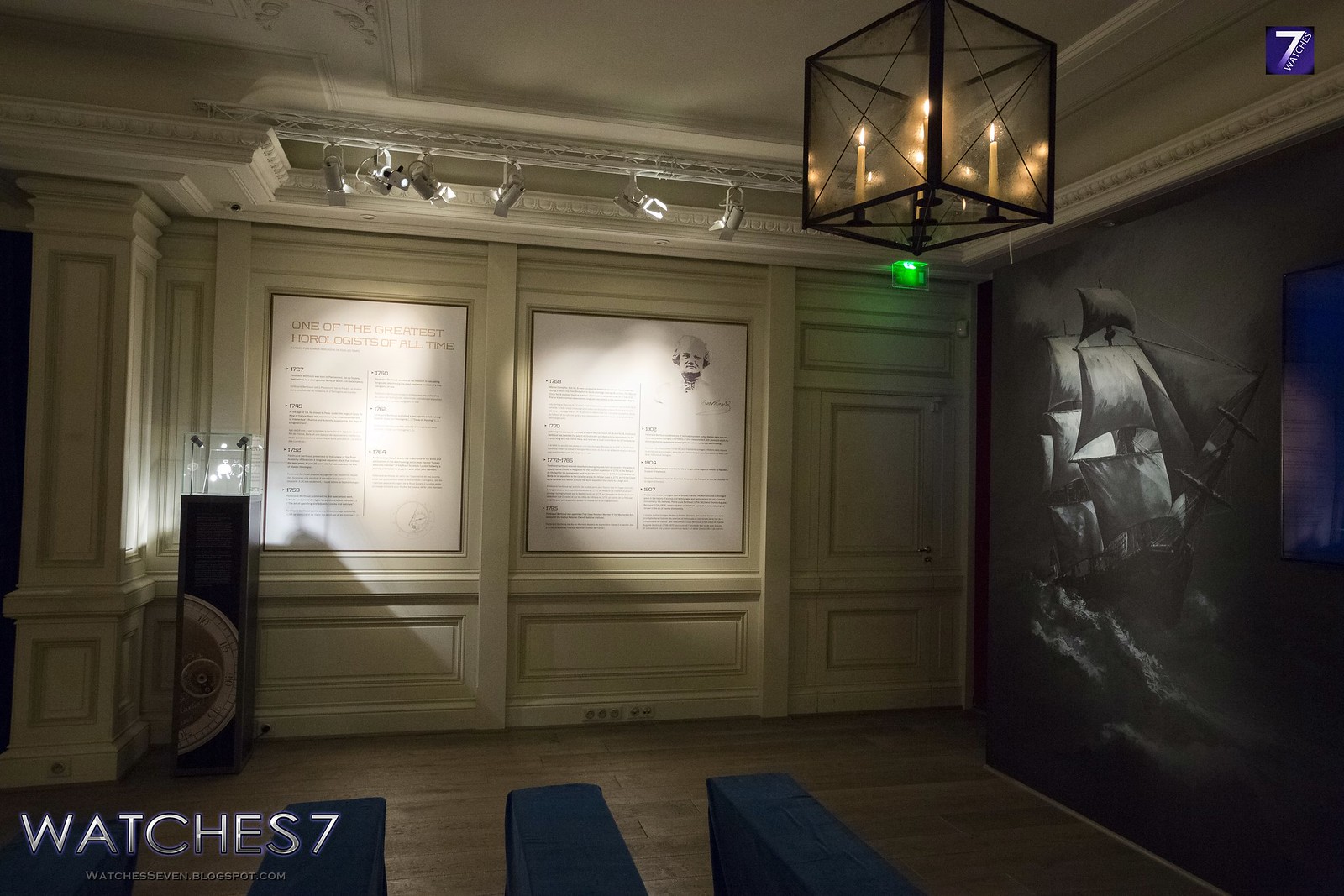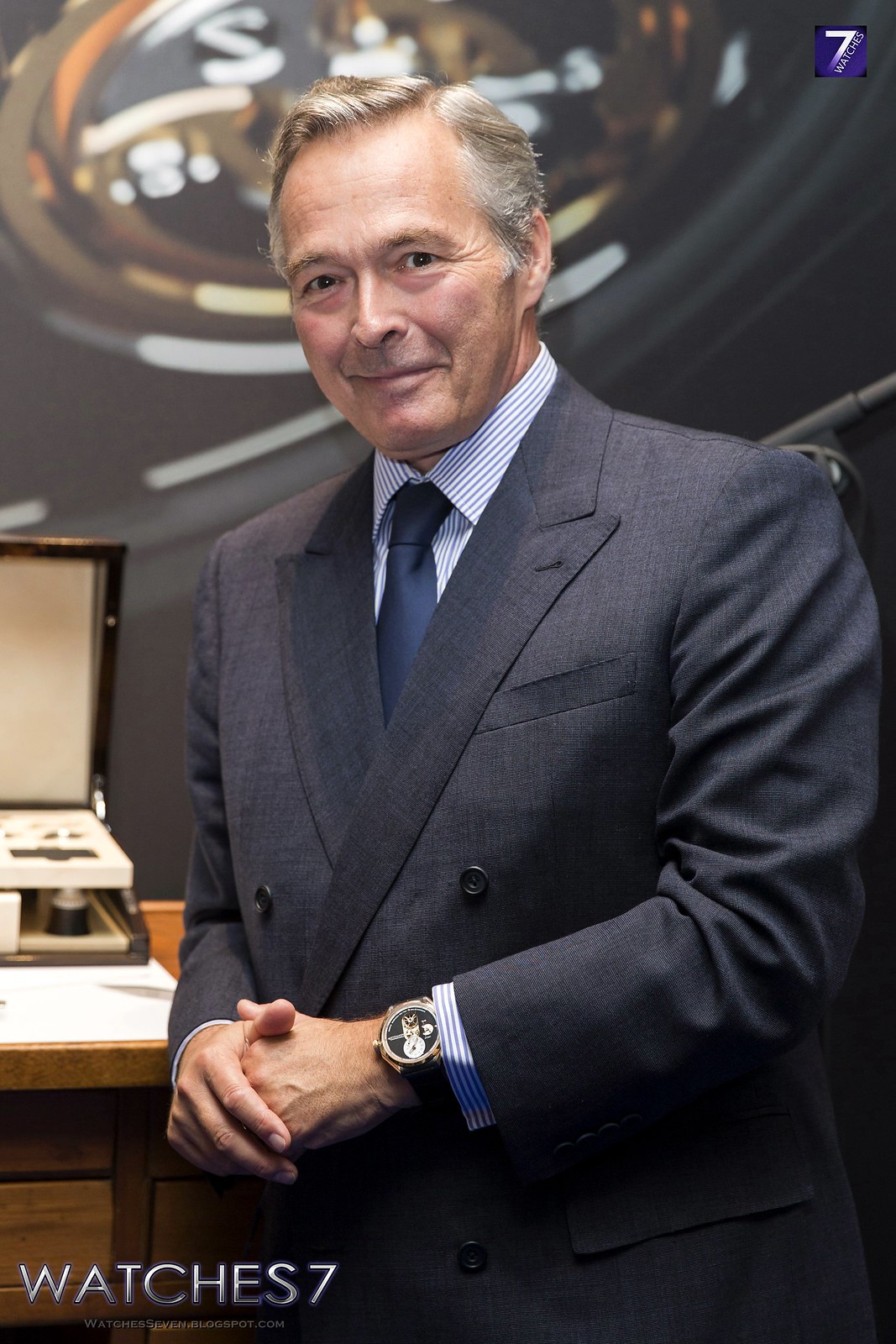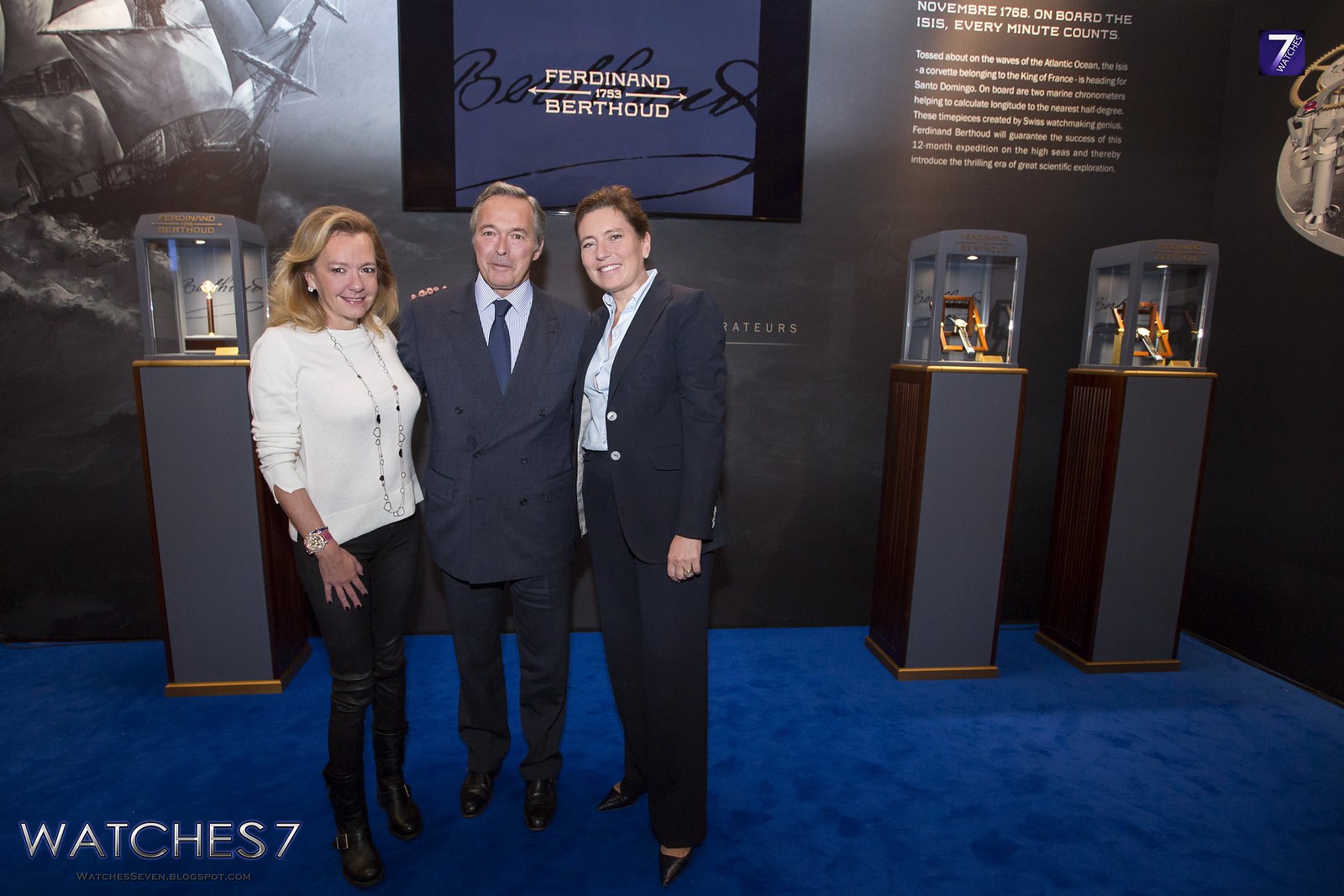FERDINAND BERTHOUD – The contribution made to horology
Click on the mouse wheel to see the large size ... BIG FOTO
The contribution made by Ferdinand Berthoud
to horology
to horology
Click on the mouse wheel to see the large size ... BIG FOTO
His initial successes as a researcher and the awarding of the title of master by order of the King
Click on the mouse wheel to see the large size ... BIG FOTO
Obliged to work as a watchmaker’s companion for the masters of the Parisian guild, due to not having served his apprenticeship with one of them, the young Berthoud managed to overcome this hurdle by drawing attention to “his considerable application in perfecting the art of watchmaking”. He seized the opportunity of publishing his research at the French Royal Academy of Science by submitting the description of a new construction in a sealed envelope.
Click on the mouse wheel to see the large size ... BIG FOTO
The academics’ approval on April 26th 1752 of a longcase equation clock, considered highly ingenious, marked the beginning of his career as a researcher and at the same time, enabled him to stake his claim of official integration within the watchmaker community. On December 4th 1753, the King ordered that he be named a maître (master), a title that allowed him to open a workshop in the Rue de Harlay, near Place Dauphine.
Click on the mouse wheel to see the large size ... BIG FOTO
Click on the mouse wheel to see the large size ... BIG FOTO
In 1754, the master once again submitted his inventions to the Academy. One was his first marine clock project. The others, examined and approved by the academics, were also equation systems: “a longcase equation clock with concentric seconds marking the months and days of the month, leap years, and which runs for 13 months without being wound”; as well as a watch with seconds and equation, marking the months and days.
Click on the mouse wheel to see the large size ... BIG FOTO
Even prior to being named a master, Ferdinand Berthoud indicated the direction he wanted his career to take – namely to devote himself to research and transmit his know-how through publications and teaching. This double vocation enabled him to rapidly make a name for himself in the scientific world of his time.
Click on the mouse wheel to see the large size ... BIG FOTO
Several articles in the Encyclopaedia published by Diderot were entrusted to him, and most particularly the article entitled “Equation”. In 1759, he published a successful treatise on popularization entitled, L’Art de conduire et de régler les pendules et les montres. A l’usage de ceux qui n’ont aucune connaissance d’horlogerie (The art of operating and adjusting clocks and watches.
Click on the mouse wheel to see the large size ... BIG FOTO
To be used by those with no knowledge of watchmaking). In 1763, his extensive treatise - L’Essai sur l’horlogerie ; dans lequel on traite de cet Art relativement à l’usage civil, à l’Astronomie et à la Navigation (An Essay on Horology; in which we deal with this Art in relation to its civil application, to Astronomy and to Navigation) was also well received.
Click on the mouse wheel to see the large size ... BIG FOTO
Affirmation of his vocation and official recognition of his work
1763 marked a turning point in Berthoud’s career, which was now bound up with the development of maritime navigation. The Academy of Science once again both witnessed and supported the horologist’s request for the opening of two reports, respectively deposited in 1760 and 1761. These described the N°1 maritime clock.
Click on the mouse wheel to see the large size ... BIG FOTO
Convinced by his skill, the academics obtained permission from the Minister of the Navy to send him to London to examine the Harrison marine clock. This opportunity demonstrated his worth and resulted in his nomination as a foreign member of the Royal Society on February 16th 1764.
Click on the mouse wheel to see the large size ... BIG FOTO
On August 29th of that year, Ferdinand Berthoud once again made a submission concerning the “construction of a marine watch…” This was the last time, as Berthoud was now sure of where he was going with his research and of having the option of seeking official support.
Click on the mouse wheel to see the large size ... BIG FOTO
Berthoud marine clock N°2, with motor spring and double pendulum wheel, 1763.
His projects were the subject of detailed requests punctuating his activities and in this context, he suggested the construction of two marine watches on May 7th 1766.
After successful experimentation with the N° 6 and 8 which are housed at the Musée des arts et métiers (Museum of Arts and Crafts), Ferdinand Berthoud was awarded a certificate entitled Brevet d’horloger Méchanicien du Roi et de la Marine ayant l’inspection de la construction des Horloges marines (Watchmaker and Mechanic to the King and Navy with construction inspection of marine clocks) created especially for him on April 1st 1770.
Click on the mouse wheel to see the large size ... BIG FOTO
FERDINAND BERTHOUD – Horloge de marine № 6 - 1777
From this time onwards, he abandoned the management of his workshop-boutique in favour of his research. He confirmed in 1792 that: “It is mainly since 1770 that I have been completely focused on this and I have in a way left the field of public work”.
Click on the mouse wheel to see the large size ... BIG FOTO
A tenacious investigator, a skilled and daring builder, and an inventor anxious to share his knowledge, Ferdinand Berthoud not only took part in improving horology; he also fostered the use of precision clocks in the sciences of his time, thus contributing to their progress.
Click on the mouse wheel to see the large size ... BIG FOTO
The title, privileges, and forms of recognition which punctuated his career, between the reign of Louis XV and the First Empire, as well as the tributes and studies which marked his critical fortune until the present day, reflect the importance of his position in the long quest for precision, from Huyghens’ discoveries right up to Guillaume.
Click on the mouse wheel to see the large size ... BIG FOTO
------------------------------------------------------------------------------------------------------------------------------------------
1727-1807
Horologist-mechanic by appointment to the King
and the Navy
1727 Ferdinand
Berthoud is born on March 18 to a distinguished family of clockmakers at
Plancemont in the Val-de-Travers, now in Switzerland’s canton of Neuchâtel.
1745 At
the age of 18, Ferdinand Berthoud settles in Paris to study clockmaking.
1753 A
decree of King Louis XV’s council awards the 26-year-old Ferdinand Berthoud the
title of Master Clockmaker.
1755 Ferdinand
Berthoud writes a number of reference papers for the Encyclopédie méthodique edited by Diderot (1713-1784) and
Alembert (1717-1783).
1763 Publication
of a two-volume horological treatise, Essai
sur l’horlogerie…
1764 Ferdinand
Berthoud is elected to the Royal Society in London as an “associate overseas
member” thanks to his masterpieces and his publications about watchmaking
1768 The
marine chronometers N° 6 and N° 8 were proved to be successful onboard the
corvette “L’Isis” during a 18-month journey from Rochefort to Santo Domingo.
The marine chronometer N°8 alloed to determine the real position on the map of
the boat and calculate the longitude within half a degree thanks to
astronomical observations.
1770 After
successful sea trials of the marine chronometers N° 6 and N° 8, Ferdinand
Berthoud is commissioned as
Horologist-mechanic to the King and the Navy, and receives a royal command
for 20 marine chronometers for the French admiralty’s numerous charting
expeditions and marine surveys of the late 18th century.
1802 Ferdinand
Berthoud publishes a major work: Histoire de la mesure du temps par les
horloges, a history of time measurement by clocks that demonstrates his
immense knowledge of horological mechanics.
1804 On July 17, Napoleon I makes Ferdinand
Berthoud a Knight of the Legion of
Honour as a member of the Institut de France.
1807 Ferdinand
Berthoud publishes his last work, Supplément
au Traité des montres à Longitudes…
On June 20, 1807, Ferdinand Berthoud dies at
the age of 80 in Groslay (France)
His
nephews, Pierre-Louis Berthoud (1754-1813) and Charles-Auguste Berthoud
(1798-1876) successfully carry on the work of their uncle to earn renown as
chronometer-makers.
----------------
Click on the mouse wheel to see the large size ... BIG FOTO
--------------------------------------------
Chronométrie FERDINAND BERTHOUD SA
Rue des Moulins 20
Case postale 128
2114 Fleurier, Val-de-Travers (NE)
Switzerland
-------------------------------------------------------------
www.facebook.com - Ferdinand Berthoud
----------------------------------------------------------------------------
www.FerdinandBerthoud.ch

